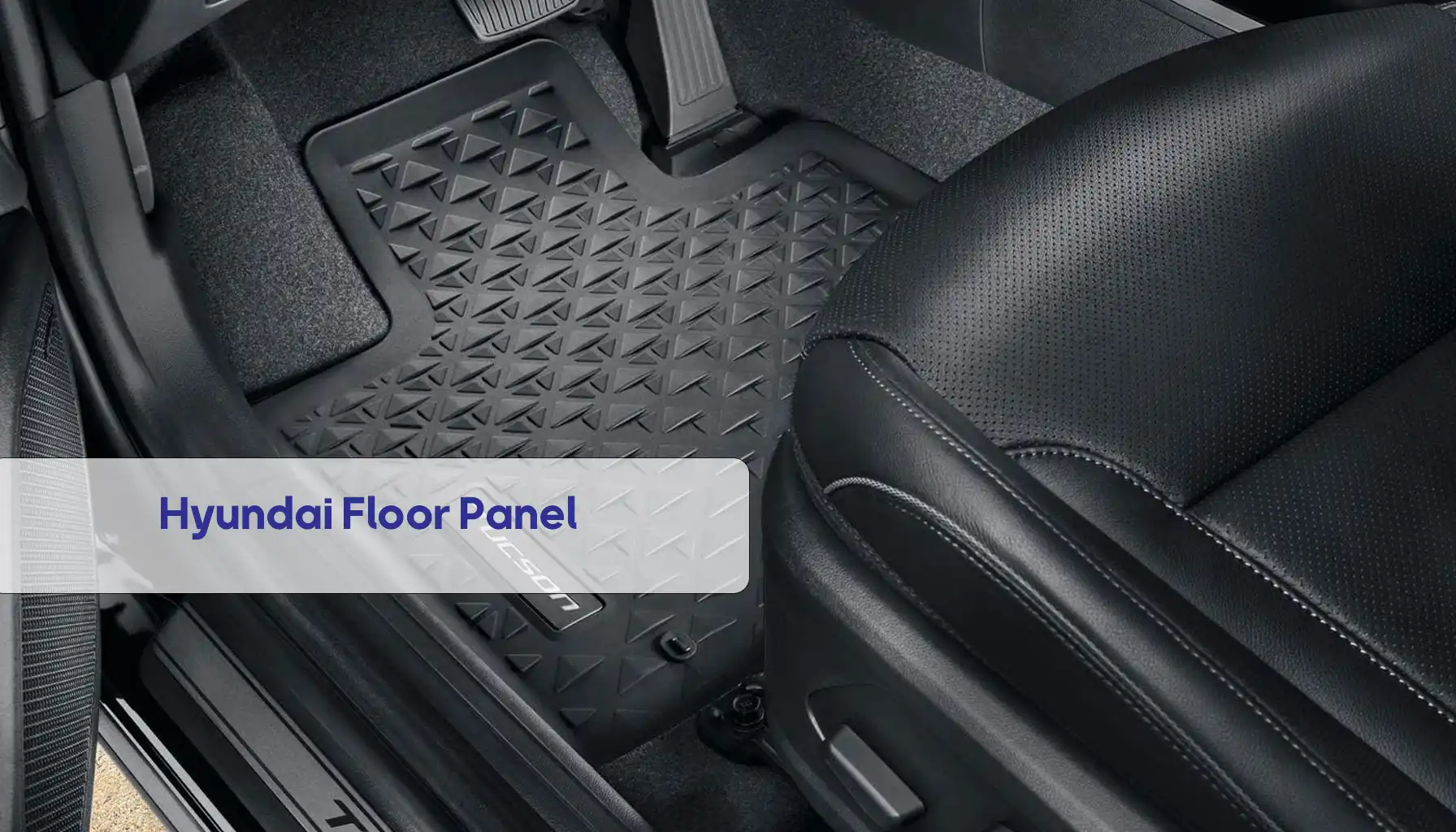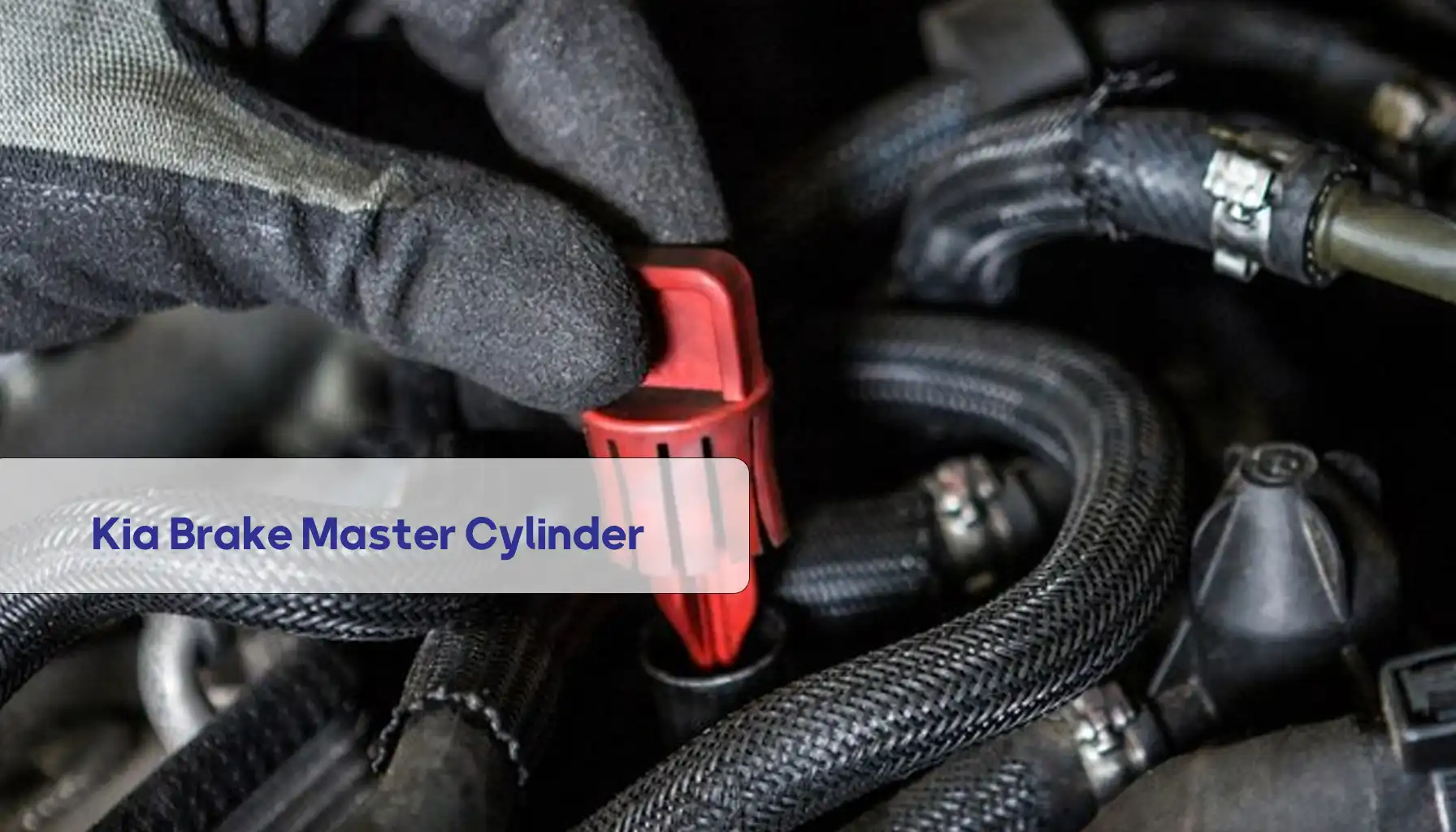For a comfortable ride, maintain your car’s suspension system; You may avoid a lot of disappointment by being well-informed on the front shock absorbers’ lifespan, price, and maintenance needs. With our detailed guide, we’ve got you covered. It will provide you with all the knowledge you need. Alright, then, let’s get going and treat your automobile right!

When to Replace Front Shock Absorbers?
There is no hard and fast rule about how frequently you should replace your shock absorbers, although the majority of manufacturers recommend doing so every 50,000 to 60,000 miles. Driving circumstances, the vehicle’s weight, and the roads you usually travel on are all factors that will impact longevity.
While you can’t avoid replacing your shock absorbers eventually, you can extend their life by doing the following:
Suggestions for Prevention:
- Take it easy on the shocks by reducing speed when you hit potholes and bumps.
- Never put more weight on your car than what it can safely handle.
- When you maintain optimum tire pressure, you can improve handling and reduce suspension wear.
- Maintain routine inspections of your suspension system and fix any problems quickly.
DIY vs. Professional Replacement:

Shock absorber replacement is a job that competent do-it-yourself technicians can handle with the correct equipment and knowledge. Whatever you may think about the suspension system, it is essential for the safety and handling of your vehicle.
You can change the shock absorbers on your own, but it requires some knowledge of mechanics, specialized instruments like spring compressors, and a secure area to work. It is essential to go to your vehicle’s repair handbook or guide and closely follow the manufacturer’s directions.
If you lack the proper tools or knowledge to replace the shock absorbers, a professional technician or authorized repair shop should handle the job.
Symptoms of Front Shock Absorber Failure

- Vibrations while driving: It can be a sign that your shock absorbers are losing their effectiveness if your ride starts to feel ungainly, even on flat roads. These essential parts are like sponges: they absorb any imperfections and keep everything running smoothly. Once they begin to wear out, though, the bouncing and vibrations will make you feel like you’re on a roller coaster.
- Swerving or nose-diving while braking: Is it common for your car to swerve or nose down when you apply the brakes? Your reliable shocks are almost dead if that happens. These dependable machines are essential for distributing your vehicle’s weight and maintaining tire contact with the road as you speed up or slow down. You lose control and stability when you brake because the front end dives or the back swerves due to the weight shift, which happens when they are past their prime.
- Longer stopping distances: Your worn-out shocks might be the reason you’ve been allowing more space to stop recently. Because of their diminished performance, these shock absorbers are unable to control the transfer of weight from the vehicle during braking. This makes stopping, particularly at faster speeds or in an emergency, more of a chore. This is hardly reassuring, is it?
- Uneven tire wear: Have you seen any unusual tire wear patterns? Unevenness in general, cupping, or feathering? You should check your shock absorbers in case they are causing your tires to wear out too quickly. When they’re doing their job well, these unsung heroes of suspension keep your tires from rubbing against the road. When they’re not working properly, though, problems with weight distribution and alignment might cause the tires to wear unevenly, which means you’ll have to go to the tire shop sooner rather than later.
- Leaking fluid from the shock absorber: You know it’s time to replace the shock absorber when you see fluid seeping from the body or around the seals. Leaks are bad news for shocks because the hydraulic fluid is what really dampens the ride. Check the attachment points for broken bushings as well. As time passes, these rubber couplings may degrade, causing vibrations, excessive noise, and a decrease in control.
- Cracked bushing at attachment points:
Your safety and the enjoyment of your experience depend on your quick attention to these warning indicators. More suspension damage, worse handling, and a ride harsher than a bucking bronco might result from ignoring old shocks. So, it could be time to replace your shocks if you’re experiencing any of these obvious indicators.
If you notice any of these symptoms, it’s advisable to have your shock absorbers checked by a professional.
Cost to Replace Front Shock Absorbers,
Different models of vehicles, different types of shock absorbers, and the need to remove other components might result in significantly different prices. You should expect to pay anything from $250 to $700 for a replacement. Swapping out the shock absorbers in pairs is the surest method to keep the handling and performance in check.
It is always important to remember that your shock absorbers are a vital component of your car’s comfort, safety, and handling. Upon noticing any of these failure signs or reaching the prescribed mileage, it is advisable to have your shock absorbers examined and replaced if necessary.
This table provides a breakdown of the above factors and their impact on the overall price:
| Factor | Description | Impact on Cost |
| Vehicle Model | Compared to luxury or performance vehicles, economy cars will generally have lower shock absorber costs. | Higher-end vehicles typically use more complex suspension systems and require more expensive parts. |
| Shock Absorber Type | Performance-oriented and heavy-duty shock absorbers are available, as well as standard replacements. | Standard replacements are the most affordable, while high-performance or heavy-duty options will cost more. |
| Labor Costs | The labor cost can vary depending on where you live and which repair shop you choose. | Dealerships often have higher labor rates than independent mechanics. |
| Additional Parts | Replaced shock absorbers may require replacing or removing other suspension components like bushings or mounts. | Additional parts will increase the overall cost. |
| DIY vs. Professional | Replacing shock absorbers yourself can be more affordable but requires specific tools and skills. | Professional installation ensures proper repair and avoids potential mistakes. |
Estimated Price Range:
- Low-End: $250 (This could be a simple replacement on an economy car with the owner performing the work)
- High-End: $700+ (This could be for high-performance shocks on a luxury vehicle installed by a dealership)
- Typical Range: $300 – $500 (This reflects the most common scenario of replacing standard shocks on a typical car with professional installation).



